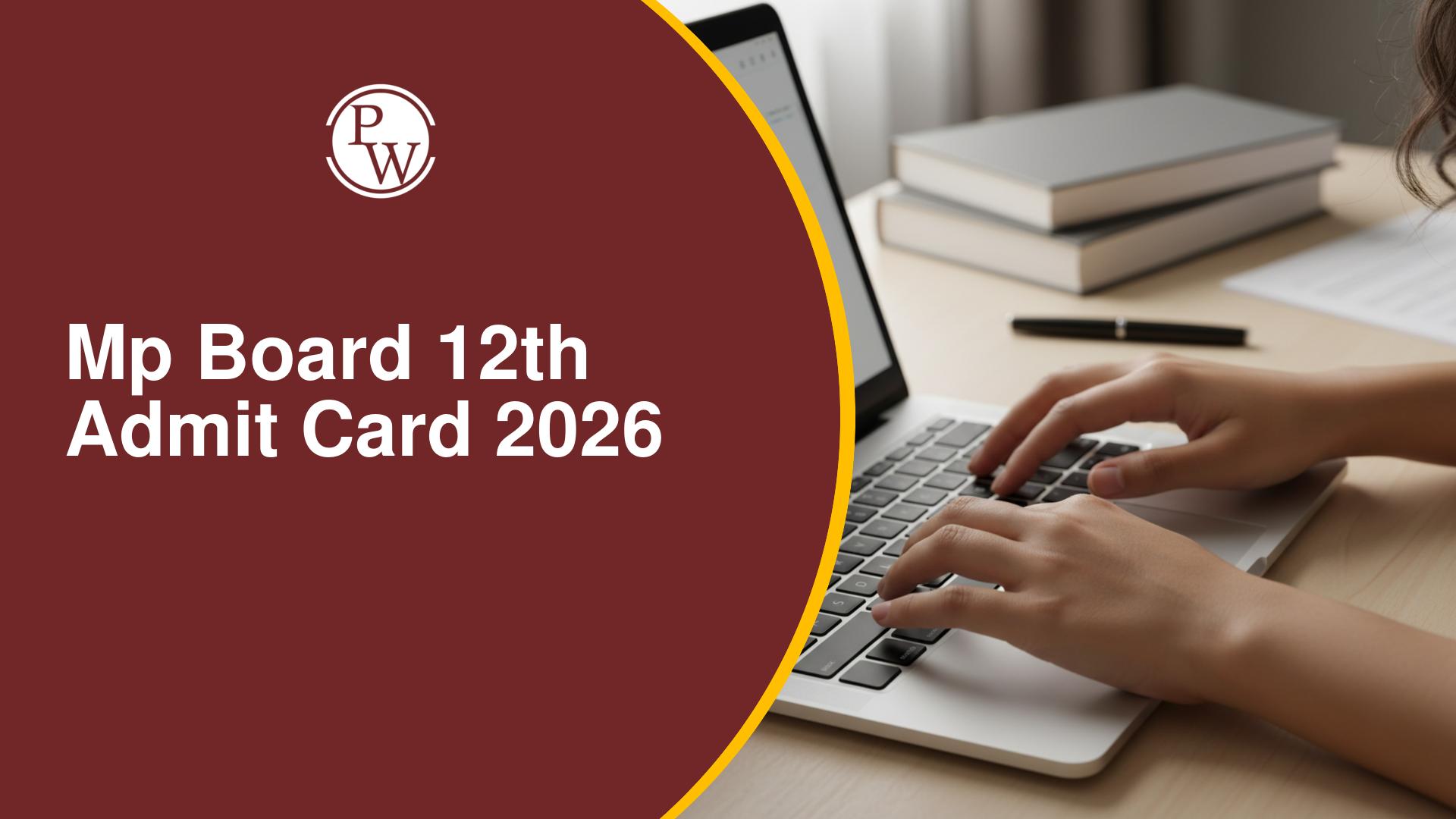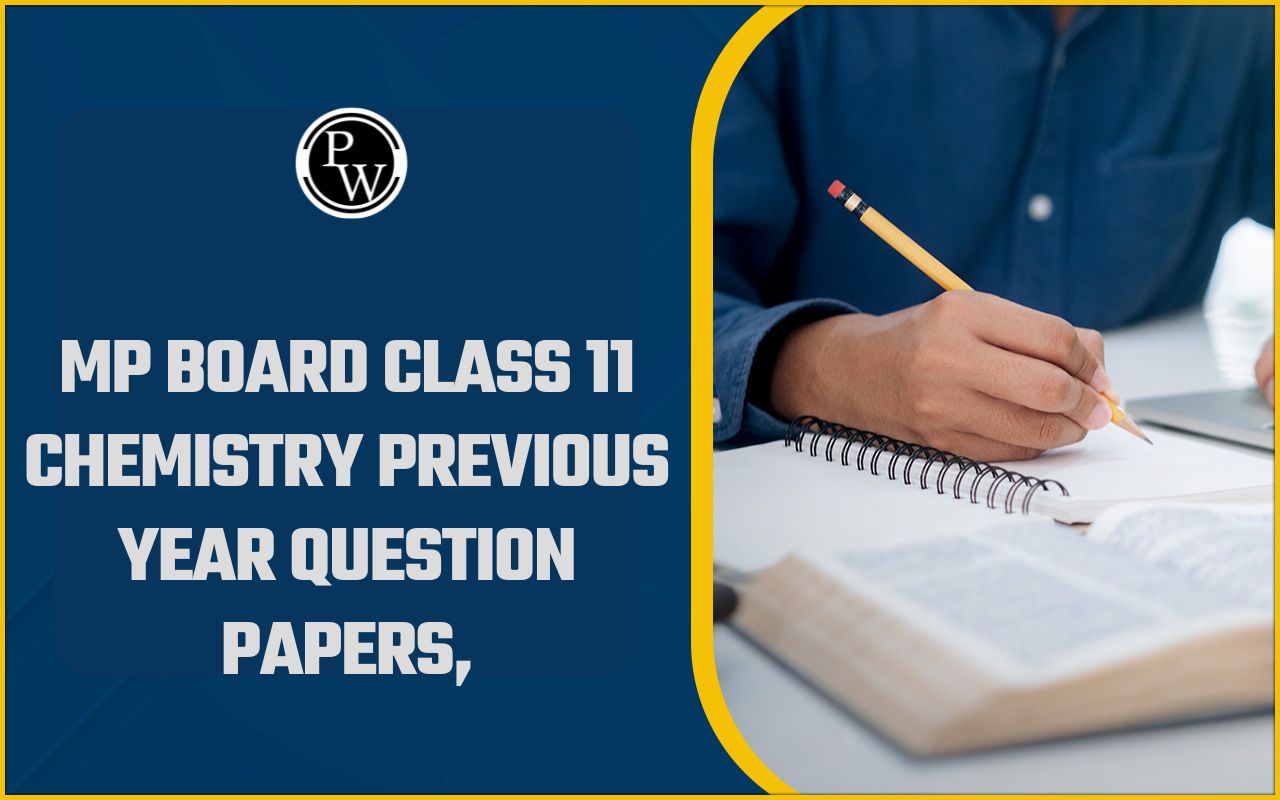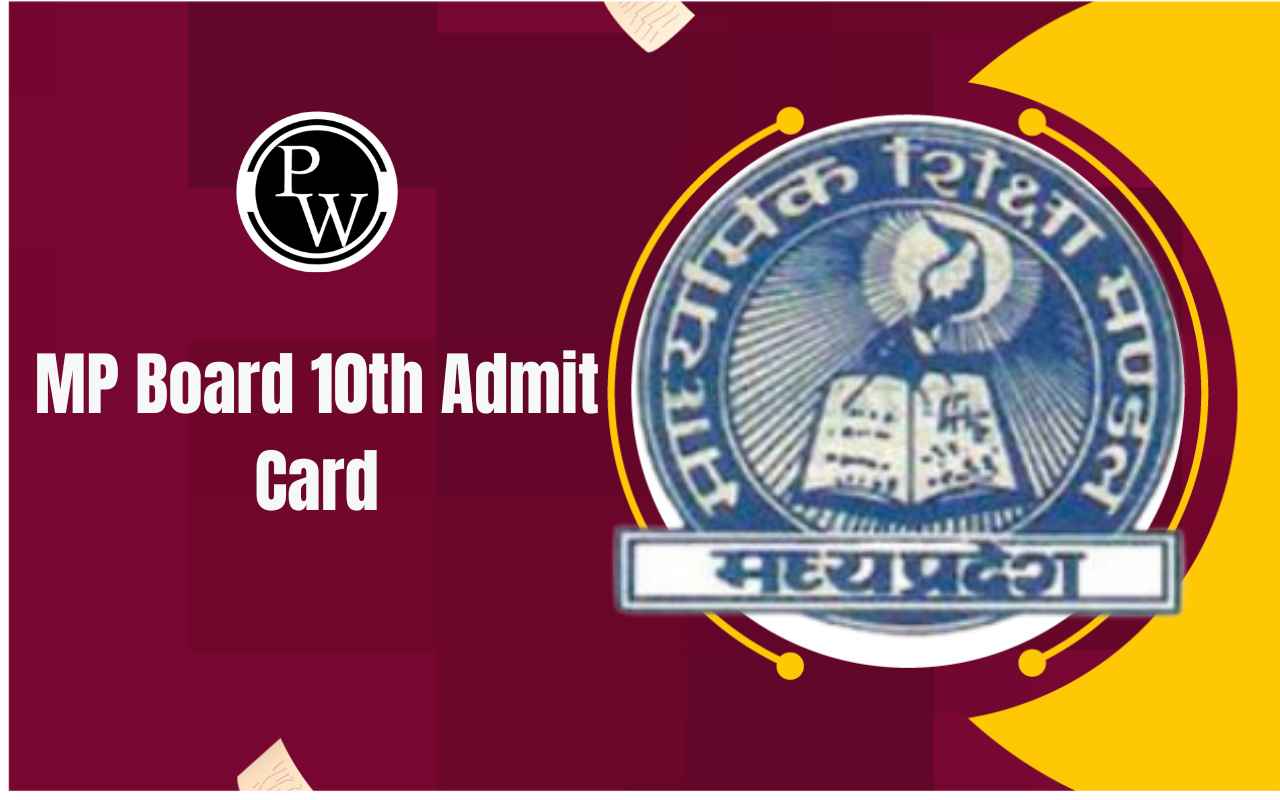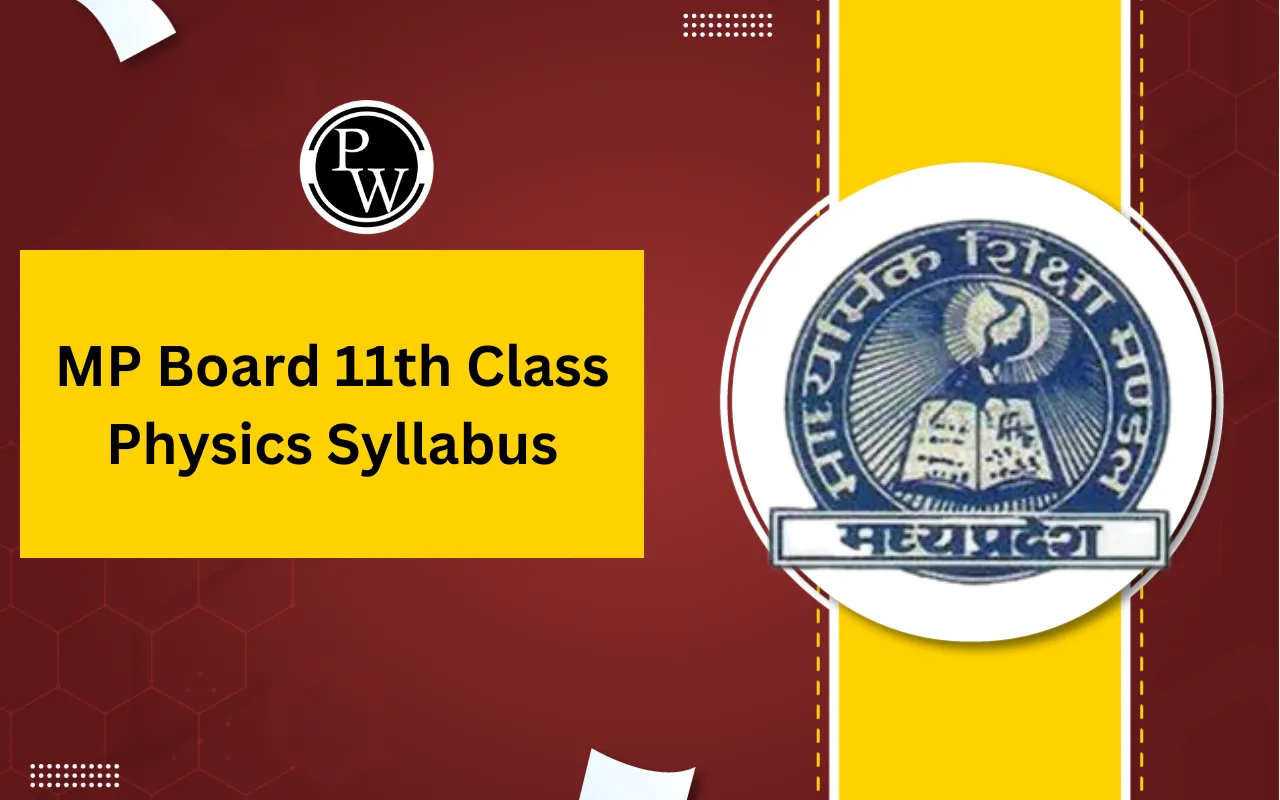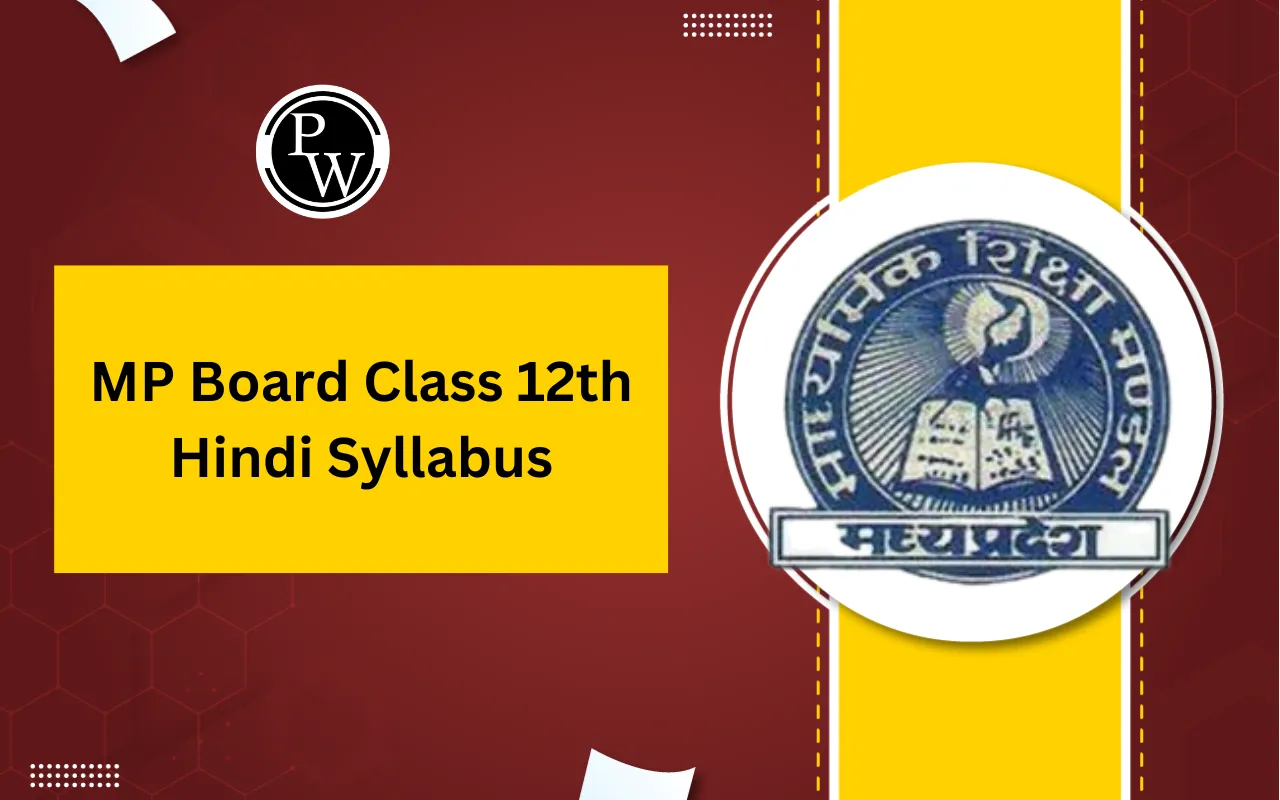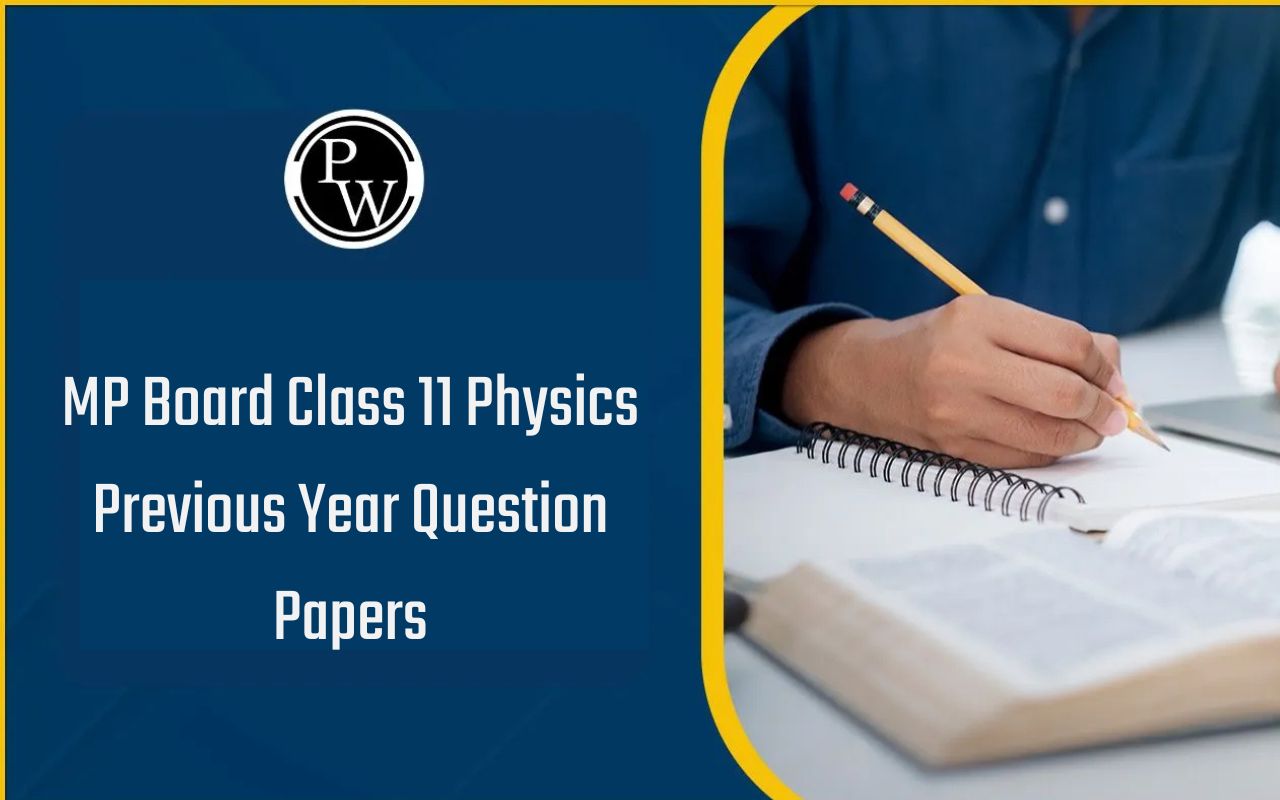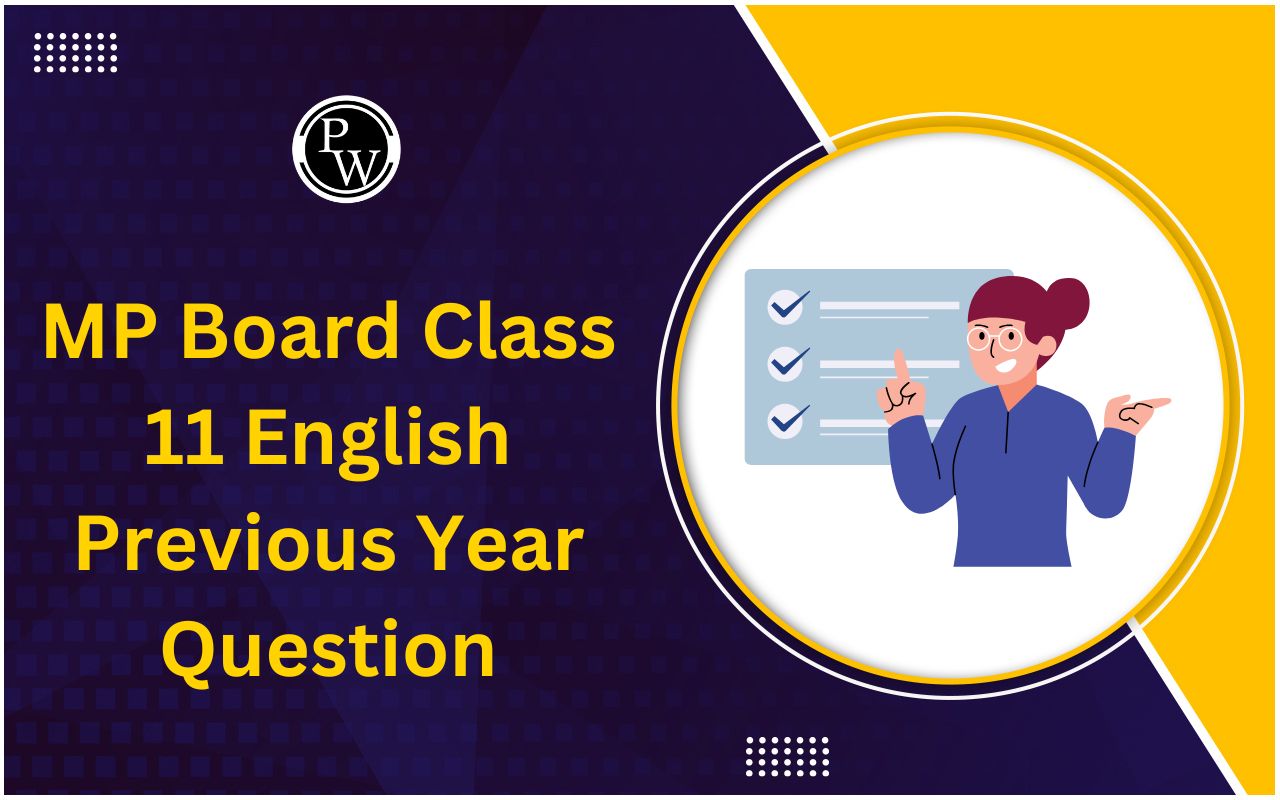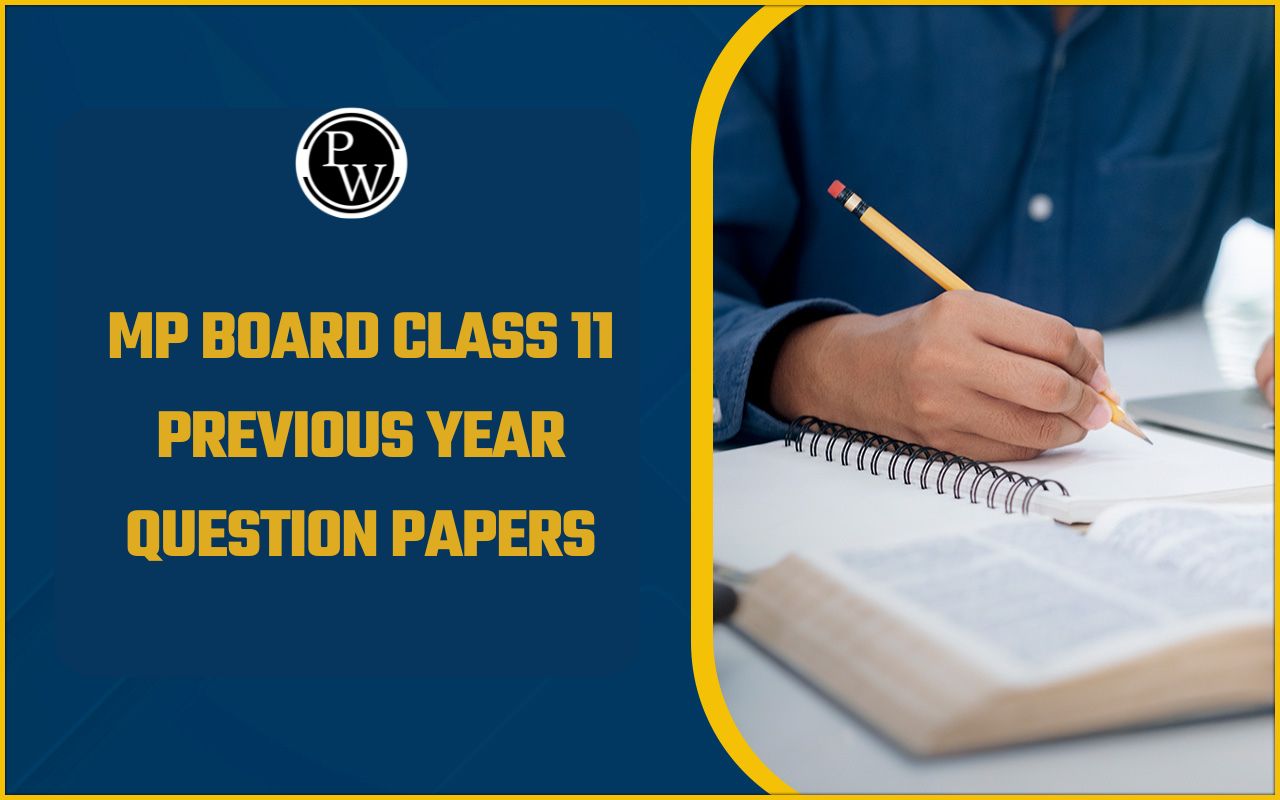
MP Board VS CBSE Benefits and Differences Explained: The MP Board and CBSE differ in their exam pattern, syllabus, and use of previous year papers. CBSE follows a national curriculum with a focus on conceptual understanding, ideal for competitive exams like JEE and NEET. In contrast, MP Board emphasizes regional content and practical knowledge. CBSE students benefit from standardized assessments and NCERT books, while MP Board offers syllabus flexibility suited for state-level exams.
Previous year papers for both boards help students understand question trends and improve preparation. Knowing these differences helps students choose the right board based on academic goals and exam preferences.
MP Board vs CBSE: Which is Easier?
Both MP Board and CBSE follow structured academic frameworks, and in terms of difficulty, they are almost similar. MP Board leans towards a regional, theory-based approach, while CBSE emphasizes conceptual clarity and application.
The ease of either board largely depends on a student’s learning style, language preference, and academic goals. For local studies, the MP Board may feel easier, while the CBSE benefits students aiming for national-level exams. Overall, neither board is significantly harder than the other.
MP Board Class 12 Toppers List 2025
MP Board VS CBSE Benefits and Differences Explained
Choosing between the MP Board and the CBSE depends on academic goals. MP Board focuses on state-level curriculum, while CBSE offers a national syllabus aligned with competitive exams. Each has unique advantages in language, exam patterns, and recognition. Check below for a detailed comparison of syllabus, exam structure, resources, and overall benefits.
|
MP Board VS CBSE Benefits and Differences Explained |
||
|
Aspect |
MP Board |
CBSE (Central Board of Secondary Education) |
|
Governing Body |
Managed by Madhya Pradesh Board of Secondary Education (MPBSE) |
Managed by Central Board of Secondary Education (National-level board) |
|
Syllabus |
State-specific syllabus; includes local topics |
National syllabus; based on NCERT curriculum |
|
Exam Pattern |
Traditional exam pattern; subjective questions dominate |
Balanced pattern; mix of objective and subjective questions |
|
Medium of Instruction |
Primarily Hindi and regional languages |
English and Hindi |
|
Recognition & Acceptance |
Recognized mostly in MP and surrounding states |
National and international recognition; preferred for competitive exams |
|
Difficulty Level |
Moderate; regional context-based |
Slightly tougher; concept-focused and standardized |
|
Availability of Resources |
Limited online content and practice papers |
Abundant resources like sample papers, previous year papers, and digital learning tools |
|
Focus on Competitive Exams |
Less aligned with exams like NEET, JEE |
Strong alignment with national competitive exams |
|
Flexibility in Transfer |
Limited to state schools |
Easy transfer across India due to uniform curriculum |
|
Teaching Approach |
More theoretical |
Emphasis on conceptual clarity and practical knowledge |
Language Medium in CBSE and MP Board Schools
The language medium differs notably between CBSE and MP Board schools. CBSE schools typically offer English and Hindi as mediums of instruction, with a strong emphasis on English, especially in urban areas.
This helps students prepare for national-level exams and global opportunities. MP Board schools primarily use Hindi, catering to regional needs and accessibility for local students. While both offer bilingual education, CBSE provides more exposure to English, which can benefit students in competitive and higher education settings.
MP Board Class 10 Toppers List 2025
MP Board vs CBSE for Class 10 and 12 Students
For Class 10 and 12 students, both the MP Board and CBSE offer structured education, but with different focuses. MP Board follows a state-oriented syllabus suited for local competitive exams and is available mainly in Hindi.
CBSE follows a national curriculum aligned with NEET, JEE, and other entrance exams, with a focus on conceptual understanding. While the MP Board may be easier for local context, CBSE provides broader academic exposure and transfer flexibility across India.
MP Board VS CBSE Benefits and Differences Explained FAQs
Which board is better for competitive exams like NEET and JEE?
What is the passing marks for MP Board Class 12 2025?
Is the MP Board syllabus easier than CBSE?
Can a student switch from MP Board to CBSE?

